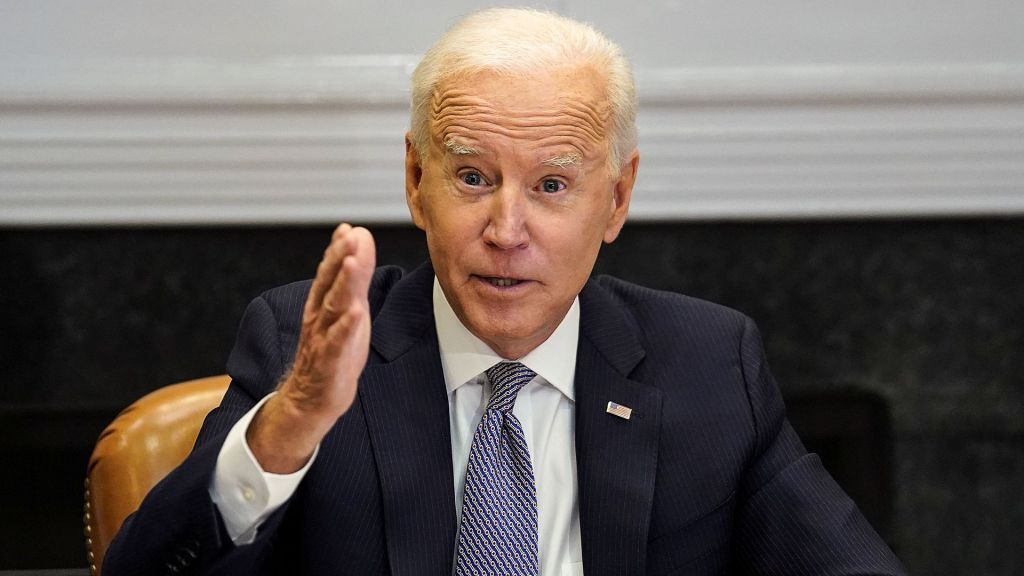
MAHMOUD BENNETT: THE U.S. SENATE JUST PASSED A MASSIVE BILL THAT AIMS AT TACKLING CLIMATE CHANGE AND HEALTHCARE COSTS
ONE THING THAT WAS NOTABLY STRIPPED WAS A PROPOSAL FOR A $35 CAP ON THE PRICE OF INSULIN – A MEDICATION USED TO REGULATE BLOOD GLUCOSE LEVELS FOR PEOPLE WITH DIABETES
RIGHT NOW MORE THAN 37 MILLION AMERICANS HAVE THE DISEASE – AND ROUGHLY 8 AND A HALF MILLION OF USE INSULIN DOSES ON THE DAILY
BUT IT’S PRICEY – AND COSTS HAVE MORE THAN TRIPLED IN THE PAST TWO DECADES
ONE STUDY BY RAND FOUND THE AVERAGE PRICE IN THE U.S. FOR ONE UNIT OF INSULIN TO BE AROUND 100 DOLLARS
– WHICH IS MORE THAN TEN TIMES THE PRICE IN A SAMPLE OF 32 OTHER COUNTRIES
AND THAT DISPARITY IS DRIVING 4 IN 5 DIABETICS INTO THOUSANDS OF DOLLARS OF ADDITIONAL CREDIT CARD DEBT TO PAY FOR IT
AND WHILE MANY U.S. LAWMAKERS HAVE EXPRESSED OUTRAGE AT RISING INSULIN PRICES – IT’S JUST ONE FACTOR
TOP HEALTH OFFICIALS SAY A COMPREHENSIVE APPROACH THAT INCLUDES PREVENTION AND TREATMENT IS NEEDED TO ADDRESS THE PANDEMIC
ACCORDING TO THE NATIONAL CLINICAL CARE COMMISSION – ONE IN THREE AMERICANS WILL DEVELOP DIABETES IN THEIR LIFETIME IF CURRENT TRENDS CONTINUE






